Timeline of Modern American Emergency Medical Services
Rickey StokesViewed: 4207
Posted by: RStokes
[email protected]
3347901729
Date: Mar 08 2019 9:20 PM
DOTHAN, AL. - Prior to Pilcher Ambulance Service opening it's doors more than 50 years ago, do you know who was in the ambulance business in Dothan Alabama?
The funeral homes.
Over the years have been told stories where the funeral directors would leave one of their employees with the body if someone was killed on the scene of a accident while they transported the live injured patients to a hospital.
The reason for leaving the employee with the person killed was so the other funeral home would not get the body!
Then Joe and Ruby Pilcher formed Pilcher Ambulance Service also known as Dothan Ambulance Service.
In the 1970's Dothan started Rescue Trucks. They had three rescue trucks running the City of Dothan and assisting volunteer EMS in the county. A truck was stationed at (1) Central Fire Station on East Burdeshaw and North Appletree Street, Eastside Fire Station on Ross Clark Circle on the east side, and Westgate Fire Station on Westgate Parkway.
If the call was on the west side and the Westgate and Central Rescue trucks were both on a call, then Eastside Rescue had to go all of the way to the west side in order to answer the medical emergency.
TRIVIA QUESTION: He might not like me posting this but many know retired Alabama State Trooper/ABI Agent Dennis Adkins. When he retired from the state he worked with Taylor Police Department and when then Police Chief Gerald Monday passed away Dennis Adkins became Taylor Police Chief. Do you know what Dennis did before law enforcement? He was a Dothan Fireman who was a paramedic and rode one of the three Paramedic trucks.
When Dennis Rubin came to Dothan as Fire Chief he changed the three Rescue Trucks. Dothan has 9 fire stations. Rubin placed Paramedics at each of the 9 fire stations and went from three Paramedic trucks to 9 Paramedic trucks.
Some have debated the fact of wearing out expensive fire trucks rolling to medical emergencies. And some of those debates have merit and some do not. And your home owners insurance classification dictates some of how those paramedic engines operate in order for you to have lower home owner's insurance.
But the fact of the matter is, if not breathing the chances of you living are greater if the emergency response time is shorter. So which is greater? The wearing out of a fire engine sooner or someone dies because response time took longer?
I ran across the following article which gives insight on EMS. Today it is a fight to get people into EMS. The emergency medical field is not attracting the people it once did, and the volunteer EMS is a major struggle to get people to volunteer.
But the field of EMS is exciting to know that "YOU" played a significant role in saving someone's life.
I am not a medic. But the feeling that you improved services, you saved a life, what a great feeling and accomplishment.
Timeline of Modern American Emergency Medical Services
1966—Release of the “white paper,” Accidental Death and Disability: The Neglected Disease of Modern Society. In Belfast, Northern Ireland, Dr. Frank Pantridge begins delivery of prehospital coronary care using ambulances.
1967—The American Medical Association hosts the National Conference on Emergency Medical Services, which produces recommendations for training ambulance personnel. The Freedom House program begins in Pittsburgh.
1968—St. Vincent’s Hospital in New York City launches America’s first mobile coronary care unit using physicians, then later paramedics. AT&T designates the number 9-1-1 for emergency use.
1969—The Miami Fire Department starts the nation’s first paramedic program under Dr. Eugene Nagel. Seattle quickly follows with Medic 1. The first nationally recognized EMT-A curriculum is published.
1970—The National Registry of EMTs is created. California’s Wedworth Townsend Act is the first legislation to define paramedics under state law.
1971—The first EMT-A curriculum is published and exam administered.
1972—The Department of Health, Education and Welfare allocates $16 million to EMS demonstration programs in five states. The first residency program to train emergency medicine physicians is established at the University of Cincinnati. The TV show Emergency! premieres.
1973—Congress passes the EMS Systems Act, funding 300 regional EMS systems. The DOT creates the Star of Life. The Robert Wood Johnson Foundation appropriates $15 million to fund 44 EMS projects in 32 states and Puerto Rico.
<- back














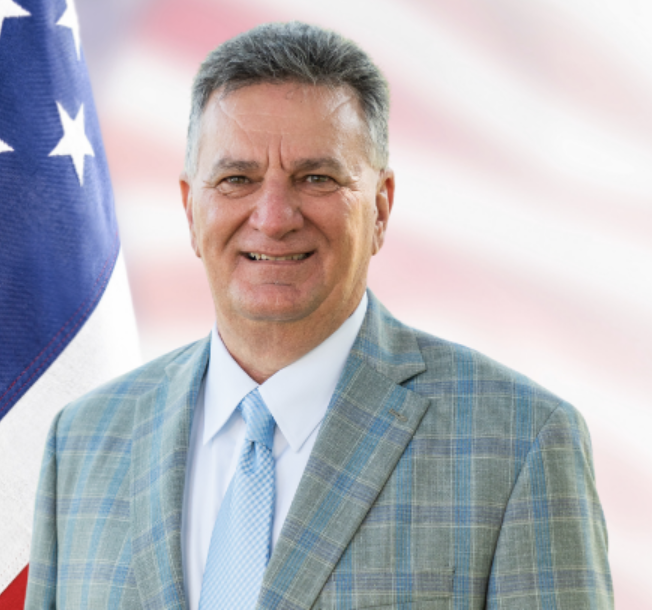

.jpeg)



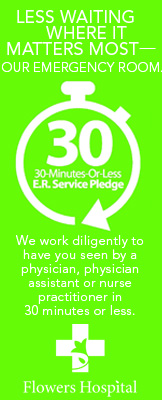








.jpg)
.jpeg)




 (1).gif)








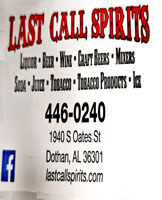


 (2)1.jpg)





1.jpg)

.jpg)
1.jpg)


.jpg)
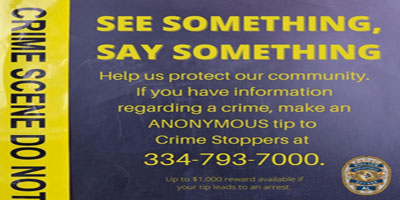

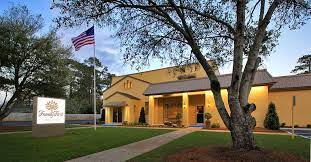







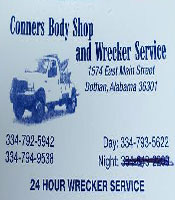
 (2).jpg)
.jpg)



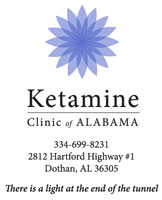







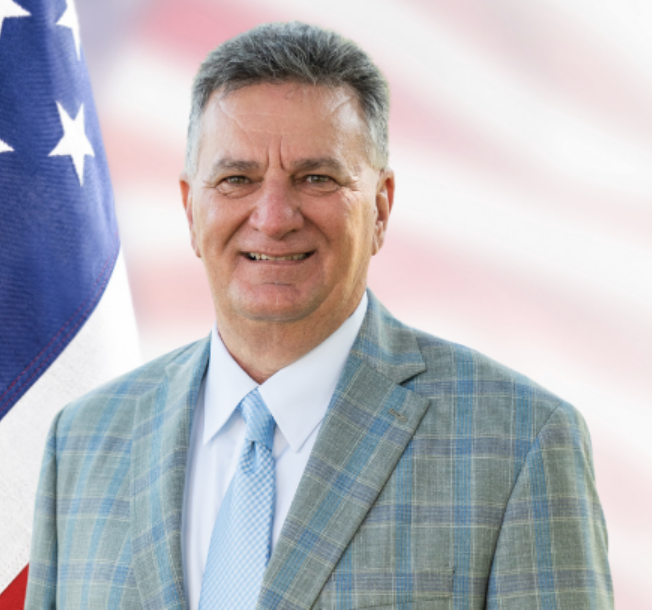






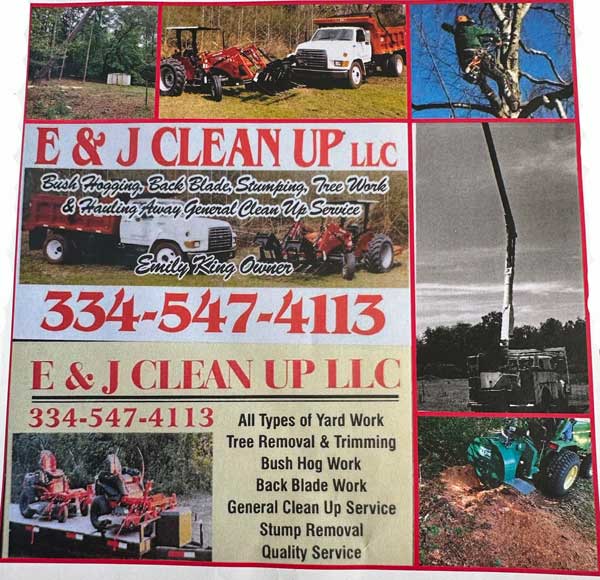


.jpg)

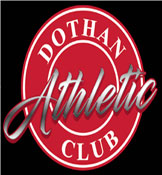


1.jpg)

1.jpeg)







.JPG)





.jpg)
